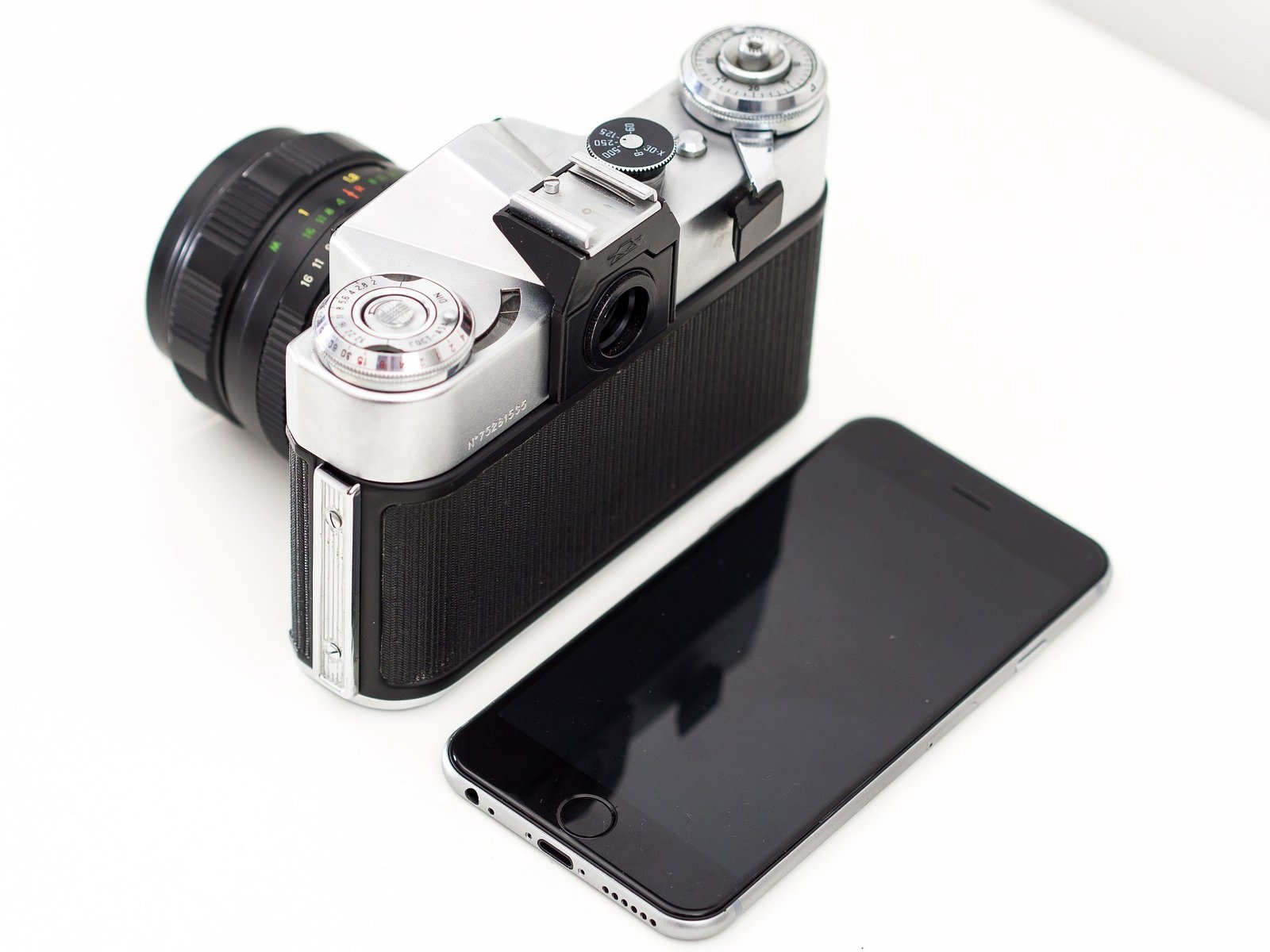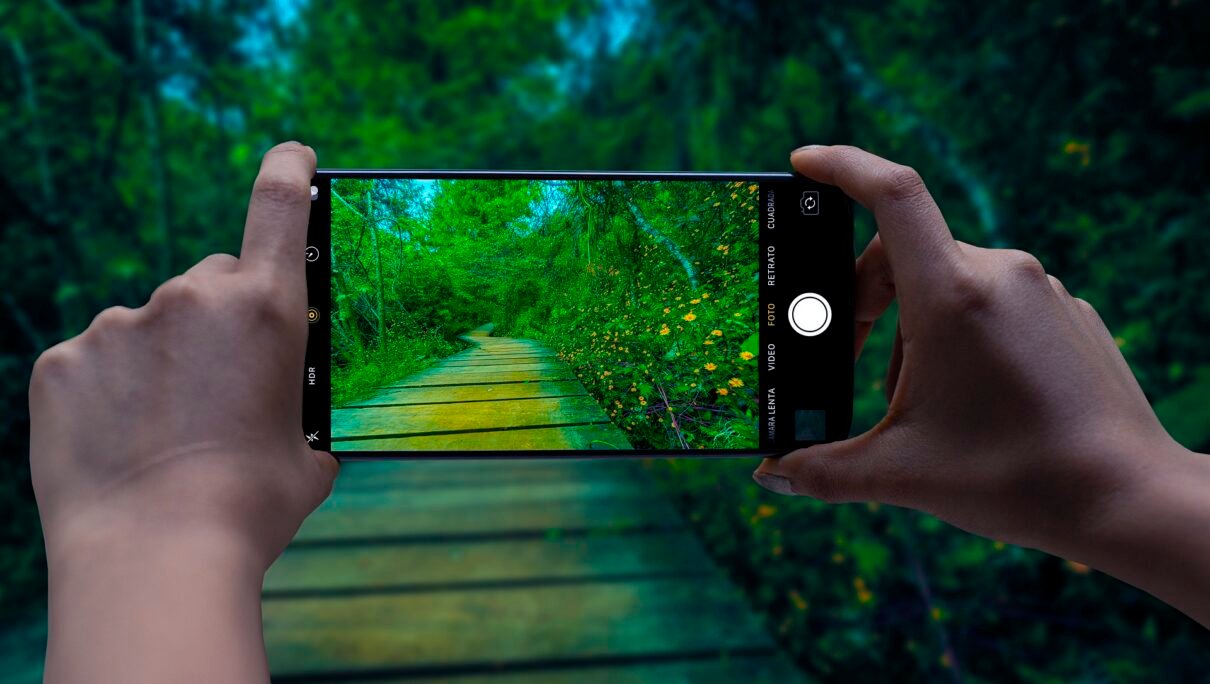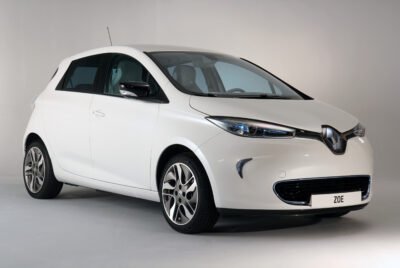In recent years, the world of photography has witnessed a remarkable shift towards mobile devices as powerful tools for capturing and sharing moments. With the rapid advancement of smartphone technology, the once underappreciated niche of mobile photography has emerged as a force to be reckoned with. This article explores the ever-growing popularity of mobile photography, the impact of smartphones on the industry, and how this digital revolution has empowered individuals to unleash their creativity.
The Evolution of Mobile Photography:
Gone are the days when photography was limited to bulky cameras and intricate settings. The advent of smartphones has revolutionized the way we approach photography, putting a capable camera in the hands of billions. From early flip phones with basic camera functionalities to the high-end smartphones of today boasting multiple lenses and cutting-edge features, mobile photography has evolved at an astonishing pace.
Accessibility and Convenience:
One of the primary factors driving the growth of mobile photography is the accessibility and convenience it offers. Almost everyone now owns a smartphone, and with it, a camera that is always within reach. This accessibility has empowered individuals to capture spontaneous moments and explore their creativity in ways that were previously unimaginable.
Furthermore, smartphones have become smaller and lighter, making them easy to carry wherever we go. They have become an integral part of our daily lives, and this constant companionship ensures that we never miss an opportunity to capture a beautiful scene or an unexpected event.
Democratization of Photography:
Smartphones have played a pivotal role in democratizing photography. They have broken down barriers and opened doors for aspiring photographers, regardless of their technical expertise or access to expensive equipment. Mobile photography has become a powerful tool for self-expression and storytelling, enabling people from all walks of life to share their unique perspectives with the world.
In the past, photography was considered a specialized skill that required expensive cameras, lenses, and other accessories. However, with the rise of mobile photography, anyone can become a photographer with just a smartphone in their hands. This democratization has led to a diversification of perspectives, with people from various backgrounds and cultures contributing to the rich tapestry of visual storytelling.
Enhancing Capabilities with Apps and Editing Tools:
In addition to the convenience of capturing images, smartphones offer a vast array of apps and editing tools that have further elevated the quality of mobile photography. These tools allow photographers to enhance and transform their images, showcasing their creativity and artistic vision.
Photography apps provide a wide range of features, from manual control options to filters and effects that can dramatically alter the mood and aesthetic of an image. They offer functionalities such as exposure adjustment, white balance control, and even the ability to shoot in RAW format, giving photographers greater control over their final results.
Moreover, the advancements in editing tools have made it easier than ever to fine-tune images and achieve professional-looking results. Users can adjust brightness, contrast, saturation, and apply various adjustments to perfect their photos. The availability of these editing tools has empowered photographers to experiment and push the boundaries of their creativity.
Social Media and Instant Sharing:
The rise of social media platforms, such as Instagram and Snapchat, has played a significant role in the popularity of mobile photography. These platforms provide a space for photographers to showcase their work, connect with a global audience, and receive instant feedback. The ability to share images instantaneously has created a thriving community of mobile photographers and has fueled a culture of visual storytelling.

Photographers can now easily share their work with a global audience, gaining recognition and building a network of like-minded individuals. Social media platforms have become virtual galleries where photographers can exhibit their portfolios, engage in discussions, and even monetize their art. This instant and widespread sharing of images have accelerated the growth of mobile photography and created a sense of community among photographers worldwide.
Pushing Boundaries with Smartphone Innovation:
Smartphone manufacturers continue to push the boundaries of camera technology, incorporating features like advanced sensors, optical image stabilization, and computational photography. These advancements have bridged the gap between traditional photography and mobile photography, enabling users to capture stunning images with their smartphones in various lighting conditions and challenging environments.
The introduction of multiple lenses, such as wide-angle and telephoto, has expanded the creative possibilities for mobile photographers. Users can now capture expansive landscapes, detailed close-ups, and experiment with different perspectives, all within the compact frame of a smartphone.
Furthermore, the integration of artificial intelligence (AI) and machine learning algorithms has revolutionized smartphone photography. These technologies optimize camera settings automatically, detect scenes and subjects, and apply real-time enhancements to improve image quality. Features like portrait mode, night mode, and automatic HDR have become standard in modern smartphones, allowing users to capture professional-looking photos effortlessly.
The Future of Mobile Photography:
As smartphones continue to evolve and advance, the future of mobile photography holds even more promise. Innovations such as foldable displays, enhanced computational photography, and augmented reality (AR) capabilities will open up new avenues for creative expression.
Foldable smartphones provide larger screens for a more immersive viewing experience, enhancing the ability to appreciate and edit photos. Computational photography, driven by AI and advanced algorithms, will further improve image quality, allowing for better low-light performance, reduced noise, and enhanced dynamic range.
Additionally, AR integration within smartphone cameras will enable photographers to overlay virtual elements onto the real world, creating interactive and engaging visual experiences. This fusion of digital and physical realms will undoubtedly inspire photographers to explore new dimensions of creativity.
Conclusion:
The rise of mobile photography has transformed the way we capture, share, and appreciate visual moments. With smartphones becoming increasingly powerful, accessible, and equipped with advanced camera technologies, anyone can now embrace their creative vision and capture breathtaking images.
Mobile photography has democratized the art form, allowing individuals from all walks of life to express themselves visually and share their unique perspectives with the world. The convenience, accessibility, and innovative capabilities offered by smartphones and photography apps have empowered a new generation of photographers to explore their creativity and push the boundaries of what is possible.
As we look to the future, the ongoing advancements in smartphone technology and the integration of emerging technologies like AR will continue to reshape the landscape of mobile photography. It is an exciting time for photographers and enthusiasts alike, as the possibilities for creative expression and visual storytelling through smartphones are seemingly endless.






